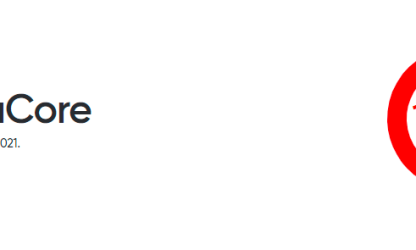Think about what your staff would say if they were asked about some of the problems within your organization.
Do you already know the answer?
Modern technologies have given us the best tools to communicate better, even if we have a team with members located in distinct parts of the world.
But, despite the great technological improvement, the problem still lies in what is not communicated, regardless of having multiple interactions between the same team members every day.
Groupthink is one of the most common dysfunctions that occur in collective reflection and action. The biggest problem with groupthink is that it affects the efficiency of decision making, change management, and even the fulfillment of daily operational functions.
Groupthink makes people end up ignoring their point of view and letting themselves be carried away by collective opinion. The result is that they change their view of the problem because they believe the group is right.
Along these lines, the following four strategies focus on eliminating the Yes, Sir! mentality and encouraging critical and collaborative thinking within the different work teams.
#1. Promote transparency
Within most organizations, information is managed in separate ways. There is information that is only handled by top management and other information that is stored at the bottom of the organizational chart, where it is usually lost.
By applying transparency as a communication strategy and group cohesion, we seek to amplify the voices of the people at the bottom of the organizational structure by bringing the leaders of the organization closer to the rest of the team.
To prevent lower-ranking workers from not raising their voices, as a leader you must distribute all relevant information to all team members and pay attention to the behavior individuals.
#2. Learn to take a back seat from time to time
The leader must know how to stay in the background in some decision making, so that no one can feel inhibited in contributing their ideas.
One of the problems with groupthink is that many times the leader’s opinion, or the loudest voice, is taken as the best option without being questioned by the rest of the team. For many decisions, it is important that we can see ourselves in the background, and that we allow the other members to be the ones who take the initiative and propose solutions.
In this way you will ensure that team members do not fall into the temptation of not wanting to disagree with you.
But beyond just taking a back seat, you must also ensure that your team members’ interactions are appropriate. That is, you need to put in place rules of interaction that protect the whole group from that tendency.
Which leads us to the following strategy.
#3. Think about how your team addresses new problems
Taking a back seat and promoting transparency in your team is great. However, you should pay special attention to how they address each problem and how that solution is treated until the implementation phase.
In other words, you can see this as creating a problem-solving process in teams where everyone is encouraged to discuss equally, where each member must give his or her opinion and others must listen.
In this same process, you can encourage a small delegation to coordinate the entire process. This delegation will not be the same all the time, since what you want is that everyone has the responsibility to contribute to the solution of the problem.
#4. Encourage controlled confrontation between team members
Healthy conflict is good.
Conflict avoidance is bad.
Toxic conflict is also bad.
When there is trust and conflict is healthy, team members appreciate giving and receiving constructive criticism. With this mindset the individual understands becomes more self-aware, which favors everyone’s mental health and team performance.
For conflict to be healthy, teams must make sure that the everyone understands healthy conflict methodology. Team members must address the actions and not the person, they must be specific, and they must also provide the other person with an action plan that helps them correct their behaviors. And most importantly, do it in a manner that avoids triggering defensiveness. Great teams can use conflict to make both the situation, and the relationships, even more connected than before the conflict.
Always encourage your team’s participation and you will end up with Groupthink
COVID’s challenges require a search for group cohesion when working remotely. However, as cohesion increases, everyone tends to increase dependence on the group.
Then, reducing the groupthink effect becomes a fundamental part of the change process towards a collaborative and still effective culture.
It’s not impossible, but it requires an extra effort and practiced methodology to consistently embrace healthy conflict and avoid the trappings of groupthink. The results obtained from this type of practice will increase performance of the team and create a desirable team-first, problem solving culture.




